The cost of saving native animals
Lara Leahy
08 August 2024, 9:01 PM
 A koala receiving treatment at the Byron Bay Wildlife Hospital (Image Credit: BBWH)
A koala receiving treatment at the Byron Bay Wildlife Hospital (Image Credit: BBWH)After three and a half years of successfully treating and caring for the wildlife in the Northern Rivers region, the Byron Bay Wildlife Hospital (BBWH) has faced difficult months due to diminishing finances that threatens potential closure.
The Wildlife Hospital cares for animals without animal owners that would, in the traditional sense, pay their vet bills. The BBWH relies on the philanthropic donations to care for its charges.
Russell Mills, the General Manager of the BBWH says, “Last year we had a 70% increase in wildlife patients. With an increase in patients comes an increase in our overall cost of treating those patients.”
With the popularity of the hospitals ability to help creatures, coupled with the cost of living crisis, patient numbers are increasing, but the costs to care for them are not being matched.
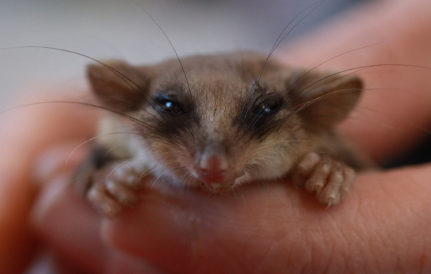
(Feather tailed glider. Image Credit: BBWH)
The BBWH pays its vets - it's a sure way to keep them on the job. Russell says, “We're able to pay our vets because we get sponsorship and donations from generous members of the community and public.
“But it's becoming harder to do that in the current economic climate, people are feeling the pinch with higher interest rates, cost of living and housing affordability.
“We understand that, but we've built up a service which we know is valuable. We know the wider community supports it because only 70% of our patients come from wildlife rescue groups like Northern Rivers Wildlife Carers and Australian Sea Bird and Turtle Rescue.
“The challenge has become that with our increased costs, it's also been harder to raise funds.”
The cost to treat a patient is around $550 per day. That includes the consult, X-rays, anaesthesia, fluid therapy, pain relief, food and overnight hospitalisation - similar to a vet treating pets.
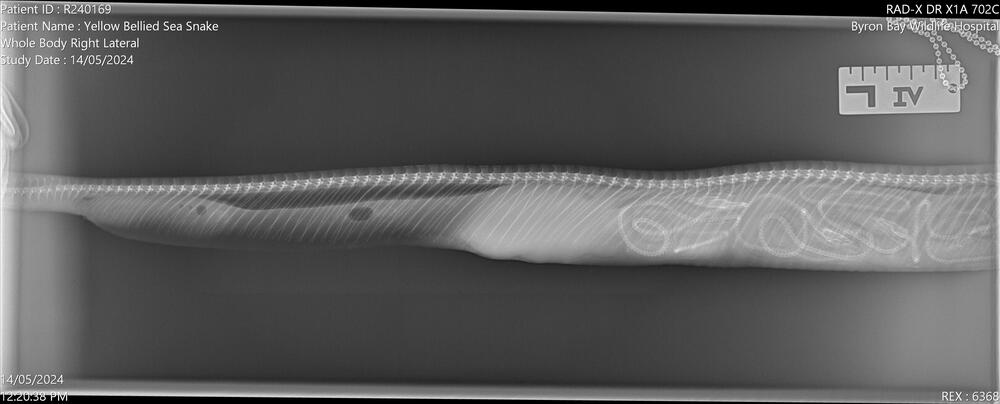
“The government actually owns native wildlife - they are the protectors of it. But there's no policy framework for finance at the moment. Instead, there's a reliance on volunteers to do the work and vets to donate their time and services.”
“In May, it was becoming apparent that we hadn't been able to land any big amounts of sponsorship deals or funding agreements. So we had to really go out and send a message that we needed help.
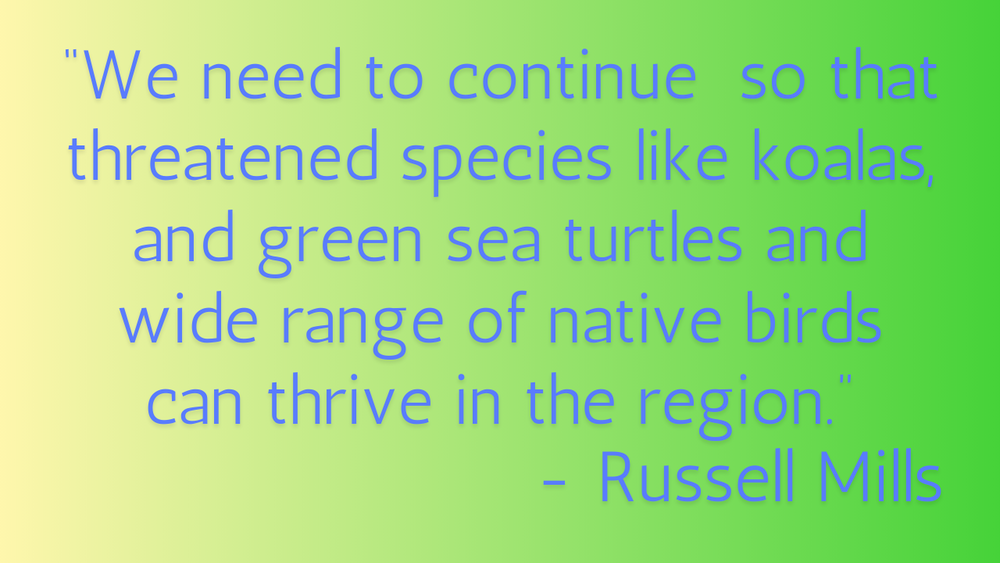
“We were potentially facing closure if we didn't raise some funds. We don't want to sound alarm bells, but we need to put up a hand when we need help.”
BBWH set a goal of $110,000. That would save 200 animals. They had to reduce it to $50,000, and they just topped it by raising $52,000 through June and July.
“That’s been really helpful,” says Russell, but its breeding season, and echidnas and koalas are becoming more active. More at risk, in particular on the roads. Finance is getting tight again.
“In 2022, we did an economic impact report on our service, and it showed that we produce about $3.2 million of output for the New South Wales economy and support 19 jobs.
“That comes from sourcing material, supplies, food, medical equipment, and general consumption.
“So if we were to close, people would be out of jobs.
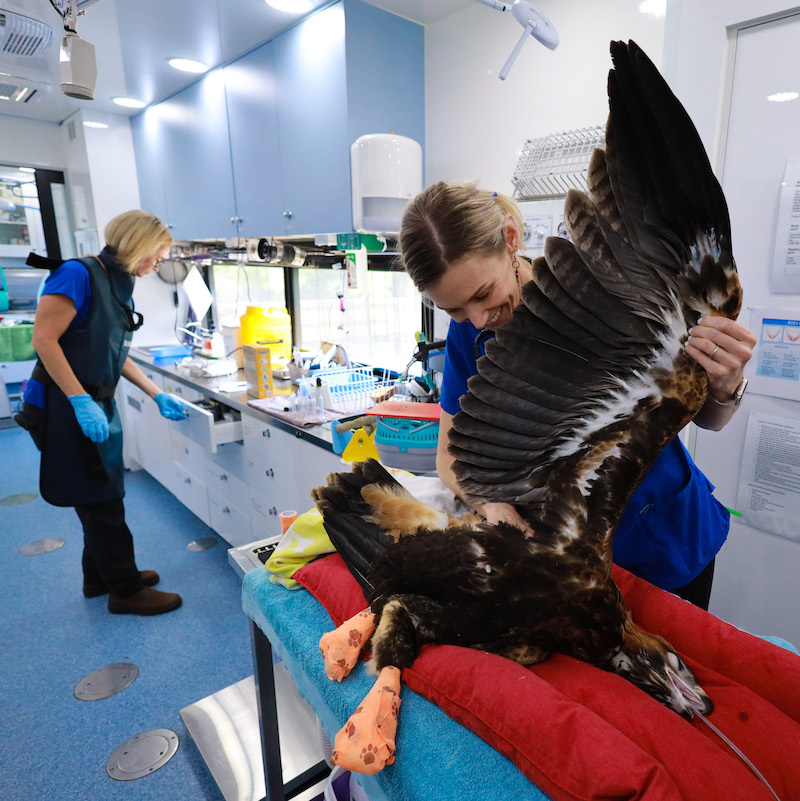
(Wedge-tailed eagle. Image Credit: BBWH)
“There would also be a gap in the ability to have wildlife treated. Having treated 7,500 native animals over the past almost four years, there's nowhere currently for them to go other than across the border to Currumbin Wildlife Hospital. That's over an hour away.
“Our service in the Northern Rivers, one of the most biodiverse regions, has become a seven-day-a-week service, and we want to maintain that.
“Animals would not be able to receive immediate wildlife care, and the rescue organisations whom we've started to work very, very closely with would be reliant on taking animals they rescue to general practice vets.
"General practice, vets don't get paid for treating wildlife either, and often they don't have the skills or knowledge in the physiology and anatomy of native animals to provide effective treatment. And that's not their fault. It's just they're not trained to do that, and they don't have the time to do that."
Currently, the only way to secure funding from the government is through grants that are normally linked to things like training or disaster, which helps, but it is not a total solution.
BBWH utilises a range of fundraising events and campaigns, sponsorship, and even those that leave a wildlife legacy in their Last Will and Testament.
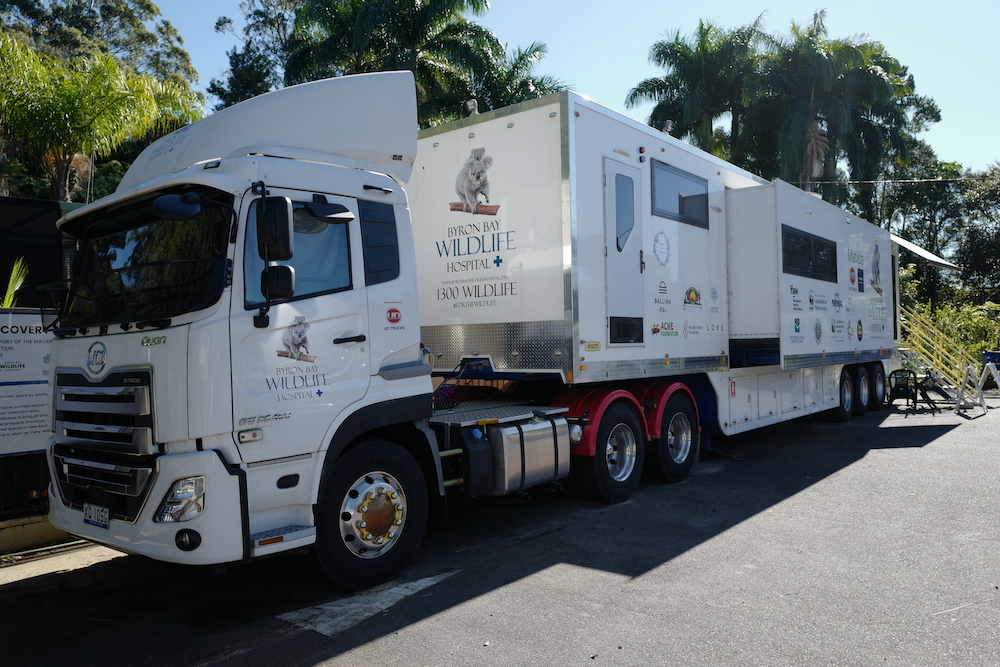
(Sponsors' names adorn places of visual impact associated with the work of the BBWH. Image Credit: BBWH)
“We're in the interface now of refreshing our sponsorship offering, and we provide a range of benefits, which range from brand exposure on the walls of the hospital, access to our content library, private tours of the hospital, and recognition across our marketing.”
Russell is hoping that this will be enough to keep their operation and many other native animals alive.
Follow along on their Facebook page and look for the sponsorship drive coming up in the next few weeks.

